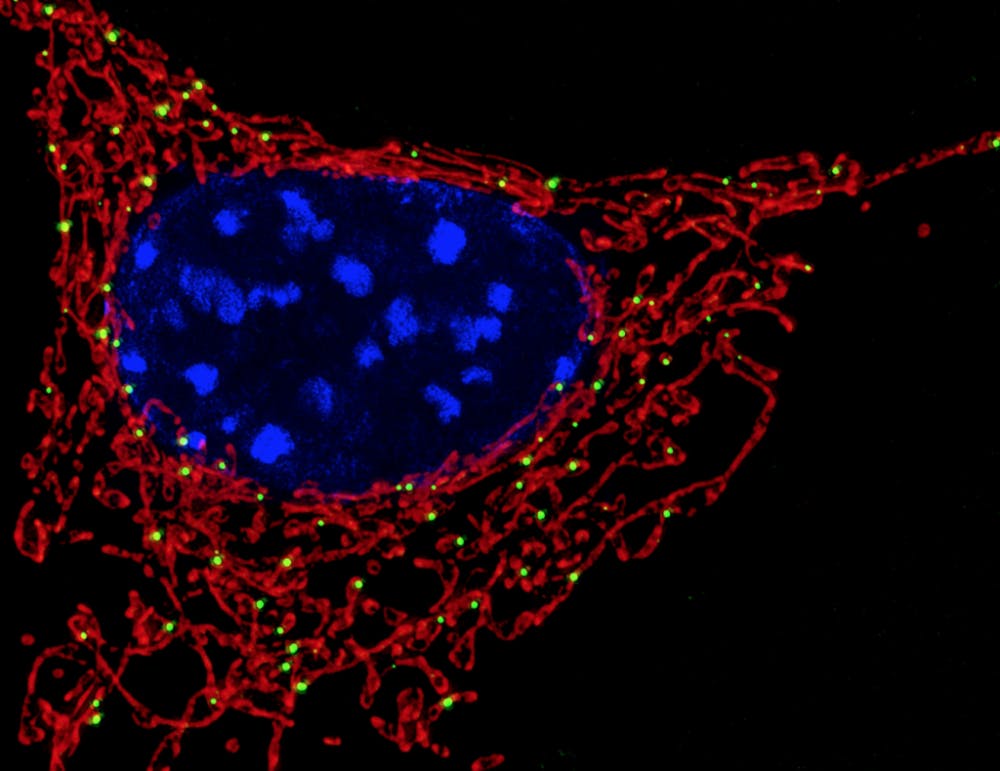The term “mitochondrial donation” might be a foreign concept even to professionals who are at the forefront of the biological fields. It is a newly developed medical technique used to repair the genetically defective mitochondria in a mother’s egg before it can be fertilized with a father’s sperm in a lab setting.
Recently, a five-month-old baby who had previously been diagnosed with a neurometabolic disorder was successfully treated using this rare and special technique by a group of U.S. physicians at the New Hope Fertility Center. Despite raising a lot of moral and ethical issues, the operation is nonetheless considered a unique advancement in the medical community.
Mitochondria are ubiquitous components of the human cell. They can be found in almost every single cell in the human body since they are the primary manufacturer of cellular energy. Although mitochondrial DNA is generally separate from most cellular DNA, which is located inside the nucleus of cells, mitochondrial genetic defects are almost always passed along from the mother to the offspring. Repairing this defect is no easy task, and physicians must undertake the daunting task of transferring mitochondria to the mother’s egg before they can fertilize it with sperm.
In reality, the five-month-old baby was conceived and birthed by DNA from a total of three people — his mother, his father and a mitochondrial donor. Since his mother carries a genetic defect known as Leigh Syndrome, the baby would have inherited a disease from the mitochondria that would eventually lead to the degeneration of his central nervous system.
Under normal circumstances, symptoms for Leigh Syndrome typically emerge a year after childbirth and lead to death within a short span of several years. However, the group of doctors from New York saved the baby’s life by providing him with a donor’s egg that contains healthy mitochondrial DNA. This egg will only supply one percent of his overall DNA, with the other 99 percent still coming from the paternal sperm and the maternal egg.
Although the success of the operation is indisputable, it has created a number of controversies that resonate throughout the scientific community. Some observed how children born with DNA from three people would potentially feel about their identity and the subsequent negative self-perceptions that would result from it. Others are concerned with more materialistic problems such as how the unused embryos should be properly disposed.
Currently, mitochondrial donations are outlawed in many countries, including the United States. The medical group had to travel all the way to Mexico in order to perform the operation on the baby.
“To save lives is the ethical thing to do,” Dr. John Zhang, head physician of the team, said according to New Scientist.
Amidst all the disagreement and public confrontations, Zhang and his group remain adamant in justifying their moral purpose and ideals. To further defend and spread their beliefs, they are going to present their finding at a meeting of the American Society for Reproductive Medicine in October, with the hope that people can start to recognize the medical benefits of mitochondrial donation.





